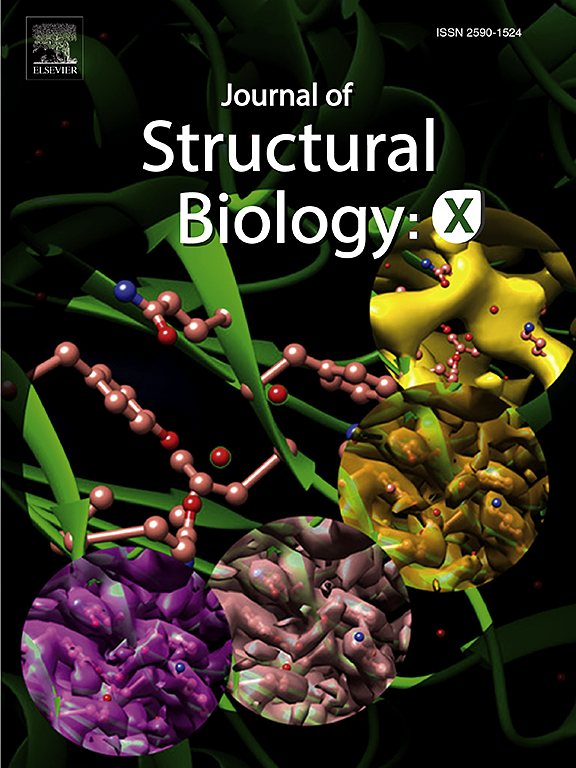基于基质 Gla 蛋白缺乏症的内侧钙化诱导模型。
IF 2.7
3区 生物学
Q3 BIOCHEMISTRY & MOLECULAR BIOLOGY
引用次数: 0
摘要
动脉介质中的钙化沉积与许多代谢和遗传疾病有关,包括糖尿病、慢性肾病和婴儿期全身动脉钙化。在人类和动物模型中,基质γ蛋白(MGP)的缺失会导致内侧弹力层钙化(弹力钙化症)。虽然 MGP 缺失(Mgp-/-)小鼠已被用作研究内侧弹力层钙化的可靠模型,但这些小鼠因其脆弱而难以维持。此外,这些小鼠也不适合进行与年龄和性别有关的长期钙化研究,因为它们通常会过早死亡。为了规避这些问题,我们培育了 Mgp-/-;ApoE-FGF23小鼠,这种小鼠除了等位基因Mgp消减外,还携带表达磷酸化激素FGF23的转基因。这些小鼠血液循环中 FGF23 含量的增加以及随之而来的低磷血症导致其内侧钙化完全停止,直到成年晚期。有趣的是,在喂食高磷食物 10 天后,我们能够诱导 3 周大的 Mgp-/-;ApoE-FGF23 小鼠发生内侧钙化。矿物质分析表明,这些小鼠钙化沉积物中的 Ca/P % 与 5 周龄 Mgp-/- 小鼠相当,但结晶度不同。Mgp-/-;ApoE-FGF23 小鼠的主动脉外植体在培养基中含有 2mM 磷酸盐的情况下会出现弹性钙化,焦磷酸盐类似物阿仑膦酸盐可完全阻止这种现象。Mgp-/-;ApoE-FGF23 小鼠适合用于未来的体内或体外研究,以考察年龄、性别和矿化抑制剂对内侧弹性钙化的影响。本文章由计算机程序翻译,如有差异,请以英文原文为准。
An inducible model for medial calcification based on matrix Gla protein deficiency
Calcific deposits in the arterial media have been associated with a number of metabolic and genetic disorders including diabetes, chronic kidney disease and generalized arterial calcification of infancy. The loss of matrix Gla protein (MGP) leads to medial elastic lamina calcification (elastocalcinosis) in both humans and animal models. While MGP-deficient (Mgp-/-) mice have been used as a reliable model to study medial elastocalcinosis, these mice are difficult to maintain because of their fragility. Also, these mice are unsuitable for long-term calcification studies in relation to age and sex as most often they die prematurely. In order to circumvent these problems we generated Mgp-/-;ApoE-FGF23 mice, which in addition to the ablation of Mgp alleles, carries a transgene expressing the phosphaturic hormone FGF23. Increased FGF23 levels in the circulation and ensuing hypophosphatemia in these mice lead to a complete prevention of medial calcification until late adulthood. Interestingly, upon feeding a high phosphorus diet for 10 days, we were able to induce medial calcification in 3-week-old Mgp-/-;ApoE-FGF23 mice. Our mineral analyses showed that the Ca/P% in the calcific deposits in these mice were comparable to that of 5-week-old Mgp-/- mice although the level of crystallinity differed. The aorta explants from Mgp-/-;ApoE-FGF23 mice resulted in elastocalcinosis in the presence of 2 mM phosphate in the culture medium which was completely prevented by pyrophosphate analogue alendronate. Mgp-/-;ApoE-FGF23 mice will be suitable for future in vivo or ex vivo studies examining the effects of age, sex and mineralization inhibitors on medial elastocalcinosis.
求助全文
通过发布文献求助,成功后即可免费获取论文全文。
去求助
来源期刊

Journal of structural biology
生物-生化与分子生物学
CiteScore
6.30
自引率
3.30%
发文量
88
审稿时长
65 days
期刊介绍:
Journal of Structural Biology (JSB) has an open access mirror journal, the Journal of Structural Biology: X (JSBX), sharing the same aims and scope, editorial team, submission system and rigorous peer review. Since both journals share the same editorial system, you may submit your manuscript via either journal homepage. You will be prompted during submission (and revision) to choose in which to publish your article. The editors and reviewers are not aware of the choice you made until the article has been published online. JSB and JSBX publish papers dealing with the structural analysis of living material at every level of organization by all methods that lead to an understanding of biological function in terms of molecular and supermolecular structure.
Techniques covered include:
• Light microscopy including confocal microscopy
• All types of electron microscopy
• X-ray diffraction
• Nuclear magnetic resonance
• Scanning force microscopy, scanning probe microscopy, and tunneling microscopy
• Digital image processing
• Computational insights into structure
 求助内容:
求助内容: 应助结果提醒方式:
应助结果提醒方式:


